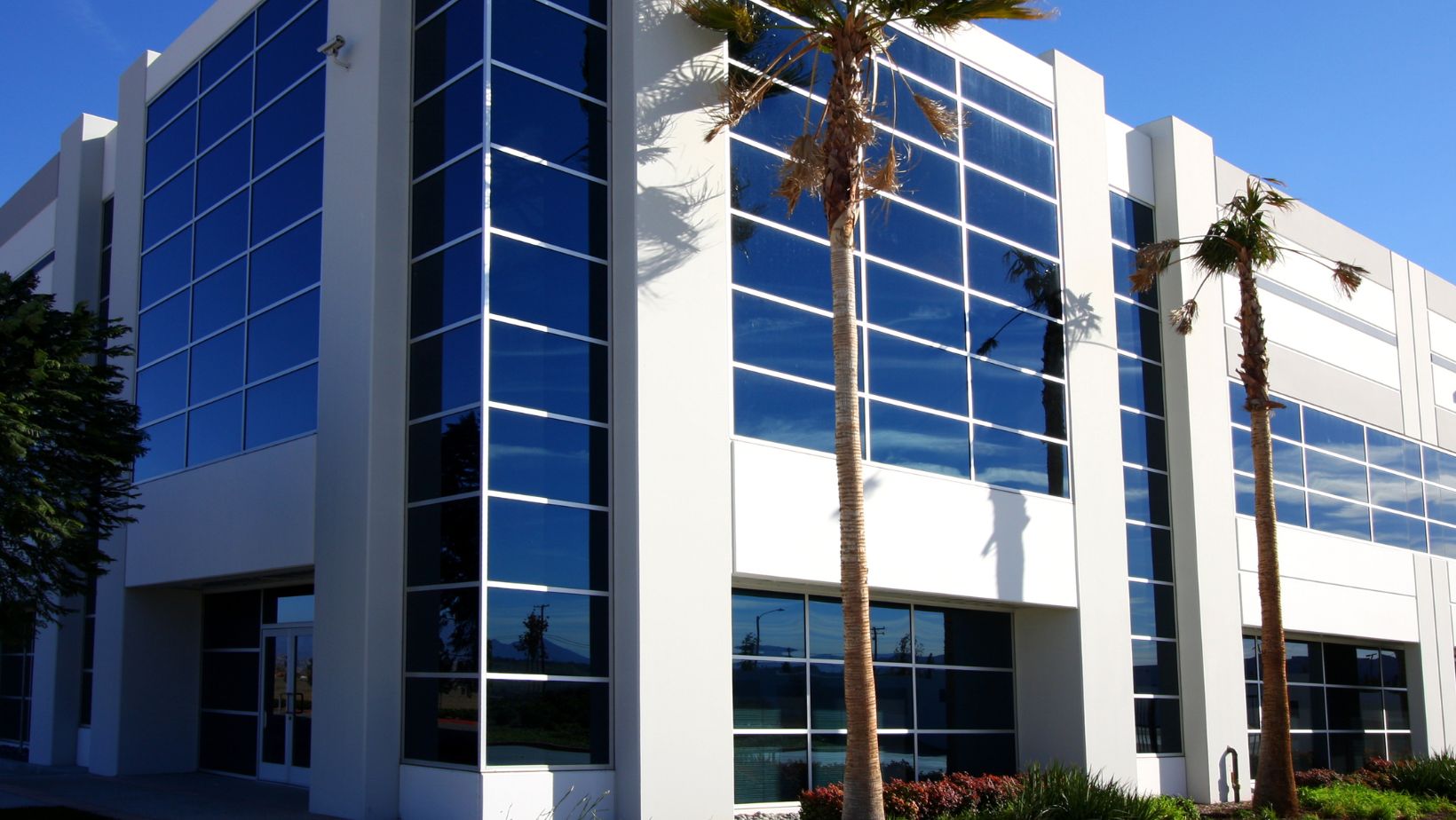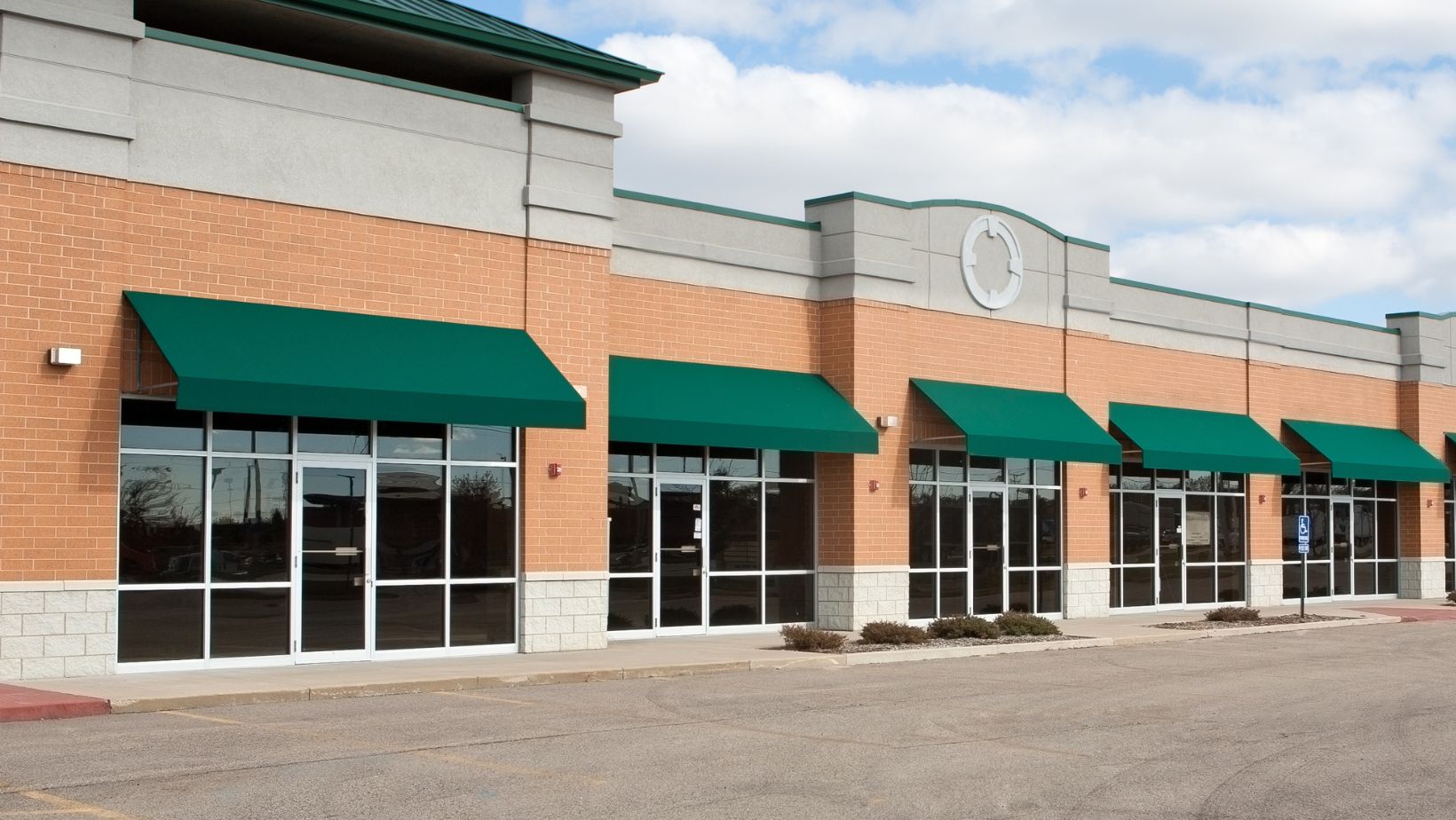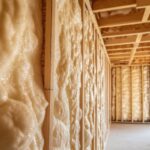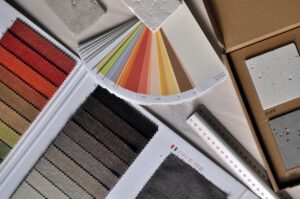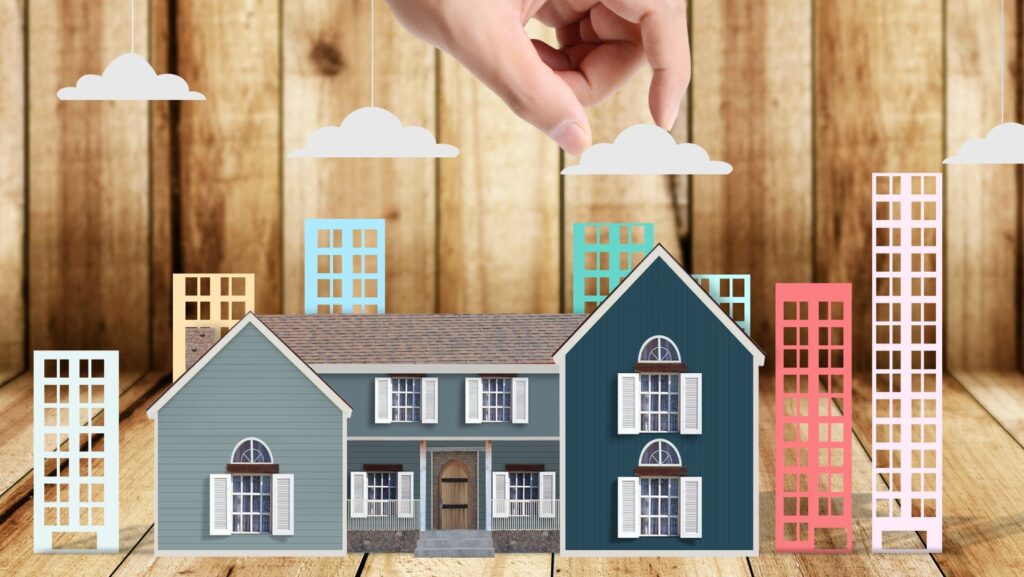
Design goes beyond looks; it’s about crafting a space that is practical, attractive, and mirrors your brand. Contemporary design trends can revolutionize your business property, boosting its attractiveness and functionality. Let’s delve into some of the trends in business property design that can take your space to new levels.
Sustainable Design
Sustainability in design isn’t a passing fad; it’s essential in today’s world. With a growing focus on environmental issues, adopting sustainable design practices has become key for modern business properties. Incorporating features like green roofs, solar panels, and energy-efficient lighting can make your business property more sustainable. These changes not only lead to cost savings on energy but also draw in environmentally conscious clients and employees who prioritize eco-friendliness. Moreover, embracing sustainable design can enhance the marketability and long-term value of your property. By obtaining green certifications and implementing energy-efficient systems, you showcase a commitment to minimizing environmental impact, which can set your property apart from others. This proactive approach also safeguards your property against future regulations concerning environmental standards. Investing in sustainable design demonstrates your brand’s dedication to responsibility, bolstering its reputation and appeal.
Open and Flexible Spaces
The traditional office setup, known for its cubicles and enclosed rooms, is quickly becoming outdated. Modern commercial properties are embracing open layouts and adaptable spaces that encourage collaboration and innovation among employees. Open designs promote teamwork and interaction, breaking down barriers and creating a dynamic work atmosphere. Versatile spaces with movable walls, flexible furniture, and multifunctional areas enable businesses to easily adjust the workspace to suit varying requirements. This flexibility is essential in today’s fast-moving business world where change is constant. By establishing an adaptable environment, businesses can maximize their space usage, leading to increased productivity and employee contentment. Moreover, adaptable spaces can accommodate expansion and evolution, making them a wise investment for businesses preparing for the future. This shift not only enhances the practicality of the workspace but also fosters a more interactive and cooperative office culture.
Biophilic Design
Biophilic design, which integrates natural elements into built environments, is founded on the belief that humans have an innate connection to nature. This movement goes beyond adding plants to the workplace; it involves integrating natural features such as indoor greenery, ample natural light, water elements, and organic materials like wood and stone. The advantages of incorporating biophilic design go beyond aesthetics.
Many research studies have demonstrated that being in touch with nature can boost the well-being of employees, elevate productivity, and decrease stress levels. For instance, natural light has the potential to uplift moods and increase vitality, while having plants can enhance air quality and establish a calming ambiance. Water elements introduce a factor that encourages peace and focus. By integrating elements from nature indoors, companies can establish a more pleasant workplace environment that nurtures both the mental and physical health of their employees. This comprehensive design approach not only enhances the appeal of the workspace but also cultivates a more favorable and efficient work atmosphere.
Smart Technology Integration
The use of smart technology in business properties is transforming how companies operate. Smart technology boosts security, enhances efficiency, and provides unparalleled convenience. For example, smart lighting systems can adjust brightness and color temperature based on the time of day or occupancy, saving energy and setting an optimal ambiance. Automated HVAC controls optimize heating and cooling according to occupancy and weather conditions, reducing energy usage and maintaining a consistent indoor climate. Through IoT devices, remote monitoring and control of building systems are possible, offering real-time data for informed decision-making. These technologies grant greater supervision and management of the workspace environment. Smart security systems with cameras and sensors can identify unusual activity and alert authorities promptly, ensuring the safety of employees and assets. Automation and smart systems also ease the workload on staff members, allowing them to concentrate on more critical tasks. The integration of smart technology can significantly boost efficiency, security, and comfort in commercial properties, making them more appealing to tenants and customers.
Modern Aesthetics
Contemporary design trends emphasize sleek, minimalist aesthetics that focus on functionality above all else. This style incorporates neutral color schemes, architectural lines, and premium materials to achieve a timeless look that exudes professionalism. Neutral tones like gray and beige help to establish a sophisticated atmosphere. Simple and organized spaces foster a sense of structure and efficiency. Using top-quality materials such as glass, steel, and natural stone enhances both the durability and elegance of the design. Also, hardwood floors offer a timeless and tasteful appearance while being low maintenance and enduring. By incorporating bulk hardwood flooring deals, one can achieve a durable, cost-effective flooring solution that complements modern aesthetics while providing a timeless and sophisticated look. Modern design choices are not just visually pleasing but also functional, making them a favored option for businesses. This contemporary style sets the stage for a setting that’s both pragmatic and visually appealing, simplifying upkeep while drawing in employees and clients alike. A well-designed modern space reflects positively on the company by showcasing professionalism and meticulous attention to detail.
Emphasis on Wellness
Designs centered around wellness are gaining traction in commercial spaces as companies acknowledge the correlation between employee welfare and productivity. This movement prioritizes creating surroundings that promote the health and well-being of occupants. Utilizing ergonomic furniture like adjustable desks and chairs helps reduce the risk of musculoskeletal issues while enhancing comfort levels. Wellness areas provide designated spots for relaxation, meditation, or physical activity, enabling employees to rejuvenate themselves while managing stress. Air quality control systems play a crucial role in maintaining a healthy indoor environment by filtering out pollutants and ensuring proper ventilation. These components not only help in reducing absenteeism but also boost employee morale. A design that focuses on wellness can foster a positive atmosphere, leading to improved performance and job satisfaction. By prioritizing wellness in your commercial property, you show a dedication to your employees’ well-being, which can positively impact your company culture and draw top talent. Additionally, incorporating wellness programs and facilities can serve as a key advantage in attracting and retaining employees in today’s competitive job market.
Outdoor Spaces
Functional outdoor areas are an asset for any commercial property as they offer a refreshing escape from the confines of indoor spaces. These outdoor settings provide opportunities for relaxation and social interactions, thereby improving the work environment. Rooftop terraces can serve multiple purposes, such as hosting meetings, breaks, or events while offering stunning views and fresh air. Outdoor seating areas create comfortable spaces for employees to unwind during breaks, enjoy their meals, or engage in discussions.
Landscaped gardens contribute to the beauty and tranquility of the surroundings, providing a retreat within the property. Not only do these outdoor spaces promote employee well-being, but they also add value to the property by introducing unique features that attract both clients and employees alike. Integrating outdoor areas into the design of your commercial property can greatly enhance the workplace environment and give you a competitive advantage in attracting and retaining top talent.
Artistic and Cultural Touches
Adding cultural elements to the design of commercial properties infuses character and individuality, resulting in a memorable and engaging ambiance. This practice not only supports local artists but also establishes a unique identity for your space. Murals can breathe life into blank walls, showcasing the company’s values and ethos through artwork. Sculptures serve as eye-catching focal points that spark conversations. Including culturally inspired decorations like traditional patterns or artifacts adds richness and variety to the overall design. These elements mirror the company’s values, creating an unforgettable atmosphere. Artistic touches cultivate an inspiring setting that fosters creativity and innovation among employees. By highlighting artistry and heritage, businesses can forge connections with the community while fostering a sense of belonging.

